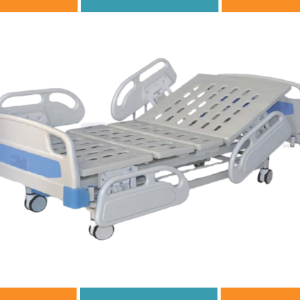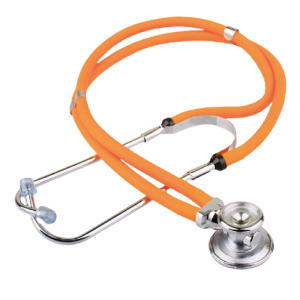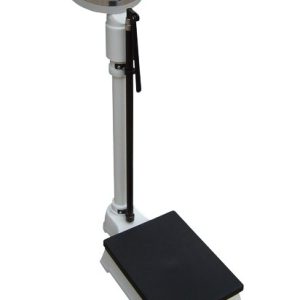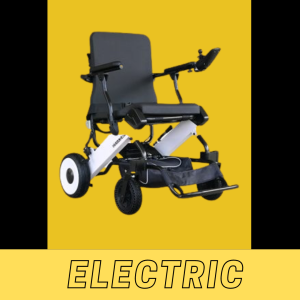Patient Monitor-Kenya
High resolution 15 inch big screen medical ICU patient monitor with 6 parameter, it is used to monitor vital sign for a patient.
Has 6 parameter,
ECG- It records electrical signal from the heart to check different heart conditions.
Respiration: monitor blood gases both arterial and venous, monitoring of brain and organ oxygenation and perfusion and hemodynamics.
Temperature: It records the body temperature and saves the information.
NIBP: It measures systolic and diastolic and mean arterial blood pressure values and heart rate.
SPO2: Measures oxygen saturation in the body.
Pulse Rate/ Heart Rate: The number of heart beats per minute
KSh 100,000.00 KSh 120,000.00
6 Parameters
-
ECG
-
RESP
-
NIBP
-
TEMP
-
SpO2
-
PR/HR
Related products
-
Home Care Equipment, HOSPITAL BEDS, Hospital Furniture, MEDICAL EQUIPMENT
Electric 3 Function Hospital Bed- Kenya
 Home Care Equipment, HOSPITAL BEDS, Hospital Furniture, MEDICAL EQUIPMENT
Home Care Equipment, HOSPITAL BEDS, Hospital Furniture, MEDICAL EQUIPMENTElectric 3 Function Hospital Bed- Kenya
0 out of 5(0)It is ideal for home patient use, users are able to adjust the back leg and height adjustment for better comfort. Low in power consumption and only consume when the remote is on.
With three controls, the electrical hospital bed is able to perform the following base function.
- Back raise
- Leg raise
- Height adjustment
SKU: n/aKSh 150,000.00KSh 200,000.00 -
MEDICAL EQUIPMENT, STETHOSCOPE
Dual Head Stethoscope
0 out of 5(0)How a stethoscope works
A stethoscope simply amplifies internal sounds from a human being.
the disc and the table of the stethoscope amplify small sound such as the sound of a patient’s lungs, heart and other sounds inside the body.
SKU: n/aKSh 1,500.00KSh 2,000.00 -
Uncategorized, MEDICAL EQUIPMENT
Mechanical Weight And Height
0 out of 5(0)Height and weight scale is widely applicable to measure weight and height of people in enterprise, school, hospital, clinic and sports department, featuring advanced in shape. This weight and height scale has two functions, the body weighing and height measuring. You can use it as follows.
1. Erect the standard and turn it clock-wise for 180 so that the locking nut is just upon the locking screw. Tighten up the locking nut and scale will be ready to work.
2. The dial pointer should be at zero before the scale is used. If there is any deviation, adjust it by the zero-adjust screw under dial.
SKU: n/aKSh 10,000.00 -
Black Friday, Home Care Equipment, MEDICAL EQUIPMENT, WHEELCHAIRS
Electric Wheelchair Kenya
0 out of 5(0)Quick removable motors(only 15kgwithout motors and battery)
Backrest tilting one second folding/unfolding
Well designed frame for comfortable riding.
Breakthrough brushless wheelchair drive technologies.
SKU: n/aKSh 120,000.00




